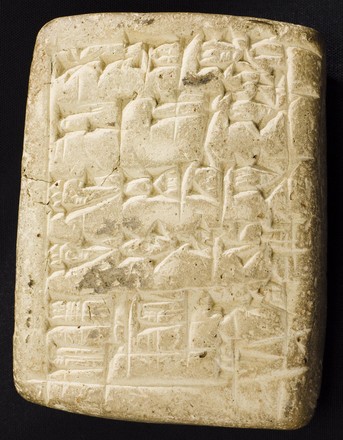The
terms BCE (Before Common Era) and CE (Common Era) are increasingly being used
as academic forms of BC (Before Christ) and AD (Anno Domini). Both systems take
the Gregorian calendar as their starting point.
A
similar looking tablet bearing the same inscription in the British Museum
collection states that it is probably a 20th Century plaster copy of an
original tablet.
In
line 5, Sîn-kašid is described as the ‘provider for É-anna’ (or ‘the House of
Heaven’), which was the major temple of Anu and Inanna/Ištar in Uruk. The
mention of this important temple here also suggests that this tablet originated
in Uruk.
The
term Common Era was first invented in the sixth century AD.
Cuneiform
is a system of writing first developed by the ancient Sumerians of Mesopotamia
c. 3500–3000 BCE. It is considered the most significant among the many cultural
contributions of the Sumerians and the greatest among those of the Sumerian
city of Uruk, which advanced the writing of cuneiform c. 3200BCE.
Joshua
J Mark, Cuneiform in Ancient History
Encyclopedia, 2011
http://www.ancient.eu/cuneiform/
The
term cuneiform comes from the Latin word cuneus
for ‘wedge’ owing to the wedge-shaped style of writing.
In
cuneiform, a carefully cut writing
implement known as a stylus is pressed into soft clay to produce wedge-like
impressions that represent word-signs (pictographs) and, later, phonograms
or 'word-concepts' (closer to a modern day understanding of a 'word').
Line
4 states that Sîn-kašid was also the leader of the Amnanum tribe.
All of the great
Mesopotamian civilizations used cuneiform (the Sumerians, Akkadians,
Babylonians, Elamites, Hatti, Hittites, Assyrians, Hurrians and others) until
it was abandoned in favour of the alphabetic script at some point after 100 BCE.
Military
styled Amorite tribes dominated this era of Mesopotamian history, infiltrating
and ruling a number of cities such as Babylon, Aššur and Mari. It seems Sîn-kašid’s
rise to power should be seen in this light.



 Back to list
Back to list